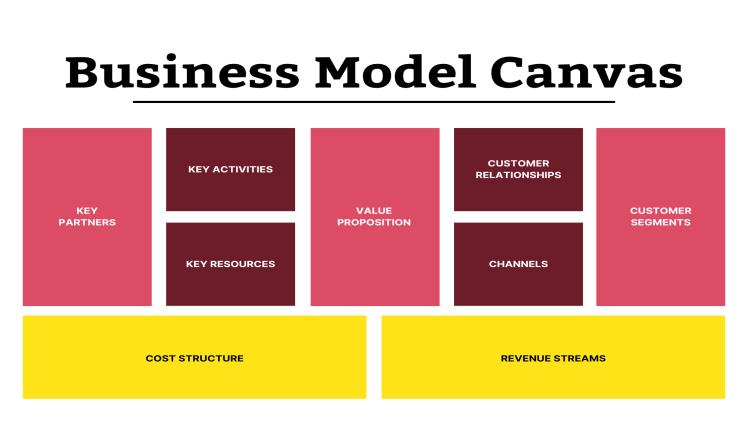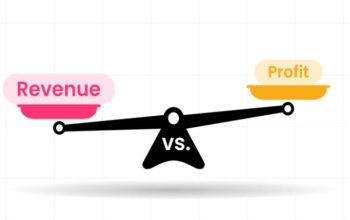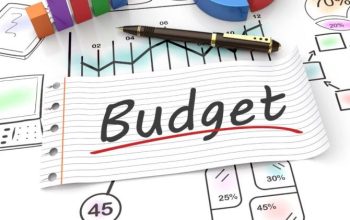A business model is more than just a plan for how your company will make money—it’s the framework that defines how your business creates, delivers, and captures value over time. In today’s dynamic and competitive environment, a strong business model must be adaptable, resilient, and scalable. Whether you’re launching a startup or evolving an existing enterprise, designing a business model that lasts is essential to long-term success.
In this article, we’ll break down the key components of a lasting business model, how to develop one, and how to future-proof it for sustainability and growth.
1. Understand What a Business Model Really Is
A business model explains:
- Who your customers are
- What value you offer them
- How you deliver that value
- How you monetize it
While a business plan includes financial forecasts, organizational charts, and marketing strategies, a business model focuses on the core logic behind your operations.
A commonly used tool for mapping this is the Business Model Canvas, which outlines nine essential elements:
- Customer Segments
- Value Propositions
- Channels
- Customer Relationships
- Revenue Streams
- Key Resources
- Key Activities
- Key Partnerships
- Cost Structure
2. Start with a Real Problem and a Clear Value Proposition
A lasting business model begins by solving a real, persistent problem. Don’t build a solution in search of a problem.
Ask:
- What pain points do customers experience?
- Is the problem urgent, widespread, or underserved?
- What makes your solution better, faster, or cheaper?
Your value proposition is the foundation of your model. It should be crystal clear what you’re offering and why it matters.
Example: Airbnb solved a real issue—affordable short-term lodging—by connecting travelers with hosts who had unused space.
3. Know Your Customer Segments
Identifying your ideal customer(s) ensures your business is focused and effective. You should segment your audience based on:
- Demographics (age, gender, income)
- Psychographics (interests, values)
- Behavior (purchasing patterns, loyalty)
Create customer personas that represent each major group. A tailored experience will help you maintain relevance and loyalty over time.
Tip: Avoid trying to serve everyone—niche models tend to be more resilient and profitable.
4. Choose the Right Revenue Streams
Your revenue model determines how money comes in—and how sustainable it is.
Common revenue models include:
- Direct sales
- Subscription-based
- Freemium (free version + paid upgrades)
- Licensing or royalties
- Advertising
- Commission or affiliate-based
Ask:
- Is your revenue recurring or one-time?
- Can you diversify income sources?
- What’s the customer lifetime value?
Example: Netflix’s recurring subscription model gives it consistent cash flow and makes customer retention a top priority.
5. Outline a Scalable Cost and Delivery Structure
A lasting business model ensures that the cost of delivering value doesn’t rise faster than revenue.
Key considerations:
- Are your costs fixed or variable?
- Can your operations scale without dramatic cost increases?
- Are you leveraging automation or outsourcing effectively?
Example: SaaS (Software-as-a-Service) companies often have high upfront development costs but very low marginal costs for additional customers, making them highly scalable.
6. Build Strong Key Partnerships
No lasting business operates in isolation. Consider who your key partners are:
- Suppliers and distributors
- Technology or software vendors
- Affiliates and resellers
- Strategic alliances
Partnerships can reduce costs, accelerate market entry, and enhance capabilities.
Example: Apple’s business model relies on close partnerships with manufacturers like Foxconn and software developers in its App Store ecosystem.
7. Foster Customer Relationships That Endure
Repeat customers drive long-term growth and stability. A winning business model focuses on:
- Personalized engagement
- Consistent communication
- Efficient support and service
- Community building
Retention strategies, like loyalty programs and email marketing, reduce churn and increase customer lifetime value.
8. Leverage Technology and Innovation
A sustainable business model integrates tools and technology to remain competitive. Consider:
- Cloud computing for cost-effective operations
- Data analytics for customer insights
- CRM and marketing automation for personalized communication
- AI and machine learning for process optimization
Businesses that embrace innovation are better equipped to adapt to market shifts.
Example: Amazon continuously refines its model using advanced logistics and machine learning to enhance customer experiences and streamline operations.
9. Test, Iterate, and Evolve
Markets change. Consumer preferences evolve. Technology advances. A lasting business model must be flexible.
Use lean startup principles:
- Build: Launch a Minimum Viable Product (MVP)
- Measure: Track real-time user behavior and feedback
- Learn: Refine your value proposition or delivery based on insights
Revisit your model regularly and adjust where needed. Continuous iteration is the secret to long-term relevance.
10. Design with Sustainability and Purpose in Mind
Modern consumers care about more than price—they care about purpose. Embedding sustainability and social responsibility into your business model not only builds trust but also future-proofs your brand.
Consider:
- Eco-friendly practices
- Ethical sourcing
- Fair labor
- Giving back to the community
Example: Patagonia’s “Don’t Buy This Jacket” campaign encouraged conscious consumption and earned them even more loyal customers.
Conclusion: Building a Business Model That Lasts
A business model that lasts isn’t about getting everything perfect from day one. It’s about starting with a real need, creating genuine value, and being ready to adapt as the world changes. By focusing on your customers, refining your value proposition, and leveraging technology, you can design a business that’s built for both profit and purpose—today and for years to come.
Remember: your business model is a living framework. Revisit it, tweak it, and improve it regularly to ensure your success endures.
FAQ: How to Create a Business Model That Lasts
1. What is the difference between a business model and a business plan?
A business model explains how a company creates and captures value, while a business plan is a detailed roadmap that outlines how that model will be executed operationally and financially.
2. What is the Business Model Canvas?
The Business Model Canvas is a visual framework consisting of 9 building blocks that describe a company’s value proposition, infrastructure, customers, and finances.
3. Can a business model change over time?
Yes. In fact, successful companies frequently adapt their models in response to market trends, customer feedback, or technological shifts.
4. What makes a business model sustainable?
A sustainable business model is financially viable, socially responsible, environmentally conscious, and resilient to market disruptions.
5. How do I know if my business model is scalable?
If you can grow revenue faster than costs while maintaining quality and customer satisfaction, your model is likely scalable.
6. Should every startup follow the same model?
No. Business models should be tailored to your industry, customer base, and value proposition. What works for a tech startup may not work for a service-based business.







